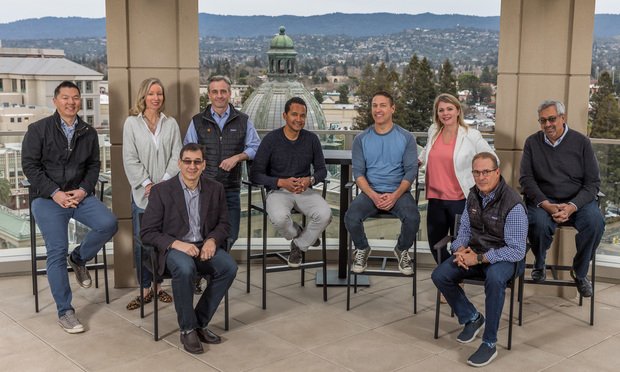CHICAGO—The CBDs in many Midwestern cities began reviving in 2012, and the coming year promises more growth. It will even occur in cities long considered Rust Belt basket cases. But experts say this sometimes surprising expansion has a dark side.
“It's a tale of two cities,” said Michael McKiernan, managing director of Avison Young in suburban Chicago. The CBDs have revived, “whereas the suburban market is suffering.” In Chicago, large corporations such as Sears and Google have decided to leave their sprawling suburban campuses and migrate downtown, a process McKiernan expects to accelerate. “Many of these companies are being forced to run back to the city for the quality labor they need,” especially young workers “who aren't going to make the trek out to the 'burbs any more.”
In the final quarter of 2012, the suburban office market had an overall vacancy rate of 24.5%, a level unchanged from last January, according to Jones Lang LaSalle.
The suburbs have another problem. Many firms still not recovered from the economic crisis will opt to rent smaller spaces. “Whether it's office, industrial or retail, business owners regardless of size are really thinking hard about how much space they're taking,” said McKiernan. And this may have a long-lasting impact. “When that habit is ingrained in your business plan,” it's hard to expunge.
“We just don't use space the way we used to,” said Brian Atkinson, senior vice president at Jones Lang LaSalle in Chicago. Laptop computers now store data once kept in bulky file cabinets and younger workers disdain private offices. “In general, employees are accepting of this and want it.”
Still, Chicago's CBD should continue to strengthen in 2013. In the past year, nonprofits, government agencies and corporations have helped new tech firms start-up in spaces like the Merchandise Mart, the future home of Google. “I think that bodes well for employment opportunities in the high tech industry,” said McKiernan, “which has never really gotten a foothold in Chicago.”
However, “the B and C markets are still hurting,” said Andrew J. Davidson, an executive vice president at MBRE. And although a few companies have just launched class A projects, such as Hines Interests' 45-story, 861,000-square-foot tower at 444 W. Lake St., Davidson said at least 11 class A developments, each over 350,000 square feet, sit on the drawing board and won't launch until they secure an anchor tenant.
In Detroit, “the baseline is certainly lower,” said Jim Becker, managing director for Avison Young. “Whichever way you want to look at it, Detroit is going to be more depressed.” But Becker also sees “glimmers of optimism, especially when you look downtown.”
He credits Dan Gilbert, the leader of Quicken Loans, for brightening the outlook by leading a group of companies back to the CBD. Just this year, Quicken leased 180,018 square feet in Chrysler House, and another of his companies bought the 332,735-square-foot 1 Woodyard Ave. About 7,500 people associated with Quicken now work downtown. “They basically bought all these buildings and filled them up themselves with their own employees. All these things are positive and will definitely drive demand.”
Minneapolis has much a stronger economy, but has also taken hits. “The market is solid, it's getting stronger, more confident,” says John McCarthy, executive director of brokerage services at Cushman & Wakefield/NorthMarq, “but I believe the wild card is still some of the corporate right-sizing that has plagued Minneapolis,” especially in the southwest. Supervalu, for example, the grocery store chain headquartered in Eden Prairie, a southwestern suburb, has sliced out hundreds of corporate jobs this year.
But the city's CBD has seen a surge of new retail and housing. And according to Colliers, “vacancy in class A properties is 10.8%, and continues to be the lowest vacancy of any submarket or class. Class A vacancy in the Minneapolis CBD likely will dip below 10% in 2013.” Colliers added that “several years of caution and restraint on the part of office space users have led to pent-up demand, and even the certainty of a stable economy could tip the most cautious companies towards finally expanding in a big way.”
Want to continue reading?
Become a Free ALM Digital Reader.
Once you are an ALM Digital Member, you’ll receive:
- Breaking commercial real estate news and analysis, on-site and via our newsletters and custom alerts
- Educational webcasts, white papers, and ebooks from industry thought leaders
- Critical coverage of the property casualty insurance and financial advisory markets on our other ALM sites, PropertyCasualty360 and ThinkAdvisor
Already have an account? Sign In Now
*May exclude premium content© 2025 ALM Global, LLC, All Rights Reserved. Request academic re-use from www.copyright.com. All other uses, submit a request to [email protected]. For more information visit Asset & Logo Licensing.








